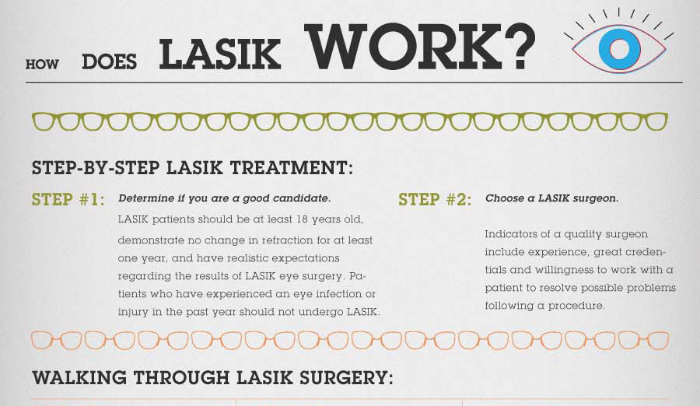A Relative Research Study Of Traditional Cataract Surgery And Laser-Assisted Methods: Benefits And Limitations
A Relative Research Study Of Traditional Cataract Surgery And Laser-Assisted Methods: Benefits And Limitations
Blog Article
Developed By- cataract surgery to correct vision
When considering the choice in between typical cataract surgery and laser-assisted techniques, you might find yourself weighing the advantages and downsides each method uses. The decision surpasses the surface degree of price and precision, delving into the realm of long-term outcomes and client complete satisfaction. As you navigate with the intricacies of these two approaches, it comes to be crucial to recognize the nuanced information that can substantially influence your visual clarity and general experience. Stay tuned to discover the essential variables that will lead your decision-making procedure in this essential facet of eye treatment.
Traditional Cataract Surgical Procedure Advantages And Disadvantages
When taking into consideration conventional cataract surgical procedure, you might discover that it's a reputable and widely-used technique. In this treatment, a specialist makes a little cut in the eye and uses ultrasound to separate the gloomy lens prior to removing it. As soon as the cataract is gotten rid of, an artificial lens is put to bring back clear vision.
Among the main advantages of typical cataract surgery is its track record of success. Many individuals have had their vision dramatically boosted through this treatment. Additionally, standard surgical procedure is usually covered by insurance coverage, making it a more easily accessible alternative for many people.
Nonetheless, there are some disadvantages to conventional cataract surgical procedure as well. Healing time can be much longer compared to more recent methods, and there's a somewhat greater risk of problems such as infection or swelling. Some individuals might additionally experience astigmatism or need reading glasses post-surgery.
Laser-Assisted Techniques Pros and Cons
Discovering laser-assisted strategies for cataract surgery introduces a modern-day approach that utilizes laser modern technology to execute vital action in the treatment. One of the primary advantages of laser-assisted cataract surgical treatment is its precision. The laser permits very exact cuts, which can lead to far better aesthetic results. Furthermore, using lasers can reduce the quantity of ultrasound energy needed throughout the surgical treatment, possibly lowering the threat of problems such as corneal damages.
On the disadvantage, laser-assisted strategies can be much more costly contrasted to standard approaches. This expense mightn't be covered by insurance policy, making it much less available to some people.
One more factor to consider is that not all cataract cosmetic surgeons are learnt laser innovation, which can limit your options for choosing a specialist.
Last but not least, while the laser can automate particular elements of the procedure, the surgical treatment still needs a skilled specialist to guarantee successful outcomes.
Relative Analysis of Both Methods
For a comprehensive understanding of cataract surgery techniques, it's necessary to conduct a comparative evaluation of both traditional and laser-assisted techniques.
Conventional cataract surgical treatment entails hand-operated incisions and the use of portable tools to separate and eliminate the over cast lens.
On the other hand, laser-assisted cataract surgery utilizes advanced technology to produce accurate incisions and separate the cataract with laser power prior to removing it.
In please click the next page to accuracy, laser-assisted strategies supply a higher degree of accuracy contrasted to standard techniques. The use of lasers permits customization of the procedure based upon each person's eye makeup, possibly resulting in much better aesthetic end results.
Nevertheless, laser-assisted cataract surgical treatment often tends to be a lot more pricey than conventional surgical treatment, which may limit ease of access for some people.
While both techniques work in restoring vision impaired by cataracts, the choice between conventional and laser-assisted methods frequently relies on variables such as expense, precision, and private person needs.
Consulting with your ophthalmologist can aid determine one of the most suitable approach for your cataract surgical treatment.
Conclusion
Finally, when choosing in between standard cataract surgical treatment and laser-assisted methods, consider elements like cost, accuracy, and private requirements. Standard surgery provides a tried and tested track record and insurance policy coverage yet might feature longer recuperation times. Laser-assisted techniques give higher accuracy and modification but can be a lot more costly and not always covered by insurance. Ultimately, the option between the two techniques depends upon what is crucial to you and your details scenario.
